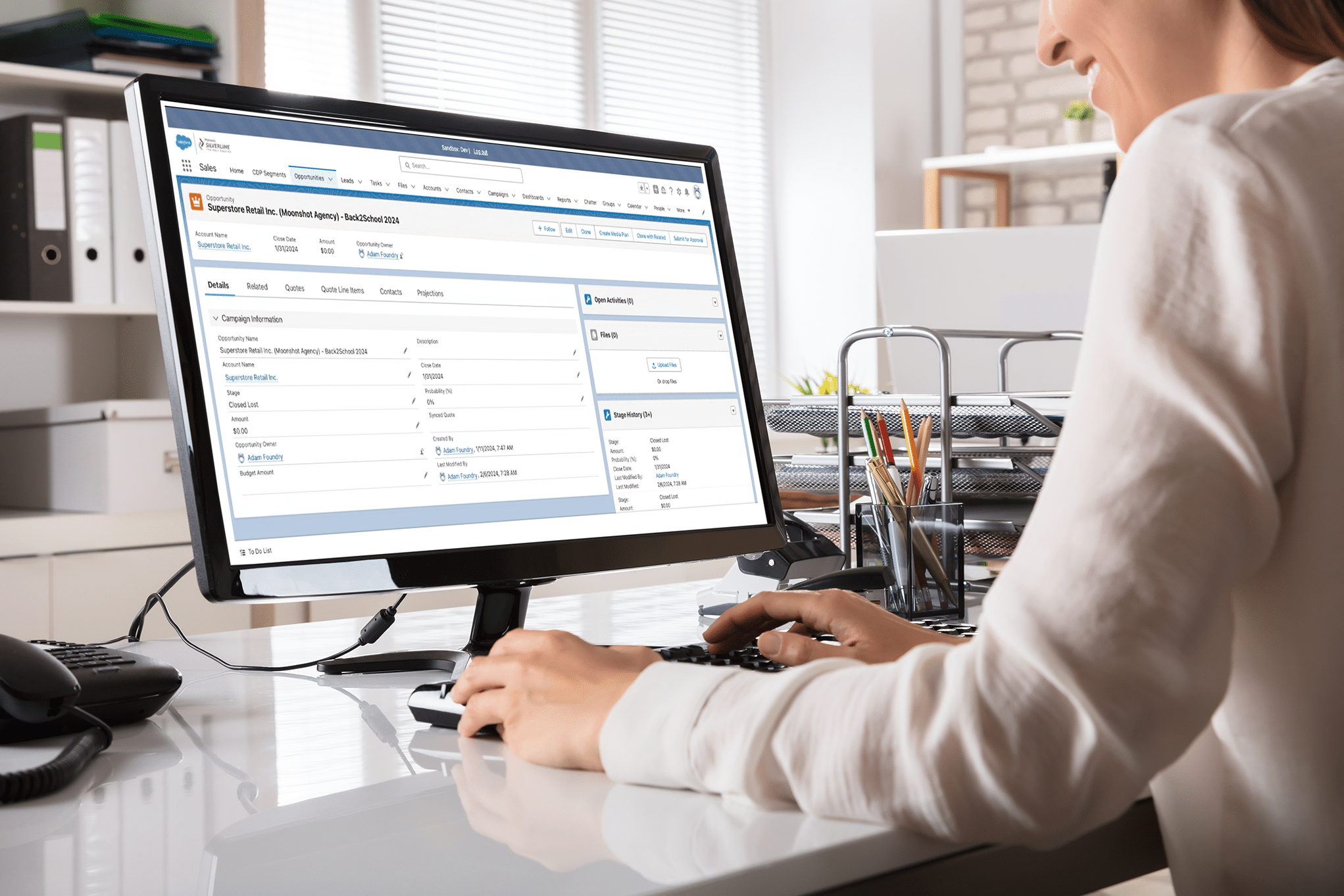The Internet of Things, of enabling everyday items to send and receive data through the internet, is slowly entering our lives in amazing ways. Consumers can now interact with routine and household objects in a “smart” way. Inevitably, the Internet of Things and Salesforce will also form a natural pairing.
In my own experience, I appreciate the fact that I can remotely manage who enters my home by controlling my garage door opener off-site; or adjust my house’s thermostat from my work office and ensure my rabbits and chinchilla aren’t too cold or warm. This technological advance has increased the quality of my life by leaps and bounds.
Bringing the Internet of Things and Salesforce to Shift (now Silverline)
At a recent Shift (now Silverline) Hackathon, a small team of us took a half-day to quickly prototype a smart-enabled pop machine. Using a wifi-enabled, arduino-like controller and relay board, we programmed the pop machine to dispense a can of soda every time we used thirsty keywords on Salesforce’s Chatter.
This is just a simple proof-of-concept, but the potential is there for a business to create a meaningful interaction between Salesforce and a machine using cheap, reliable controllers.
The Internet of Things and Salesforce: A new type of conversation
Human communication is typically performed between two living beings, but through the Internet of Things, we have transitioned to a world where conversations between humans and inanimate objects is possible. In our exciting Hackathon project, we entered the realm of a ‘Conversation of Things’ where we weren’t engaging a personal device with a mouse-clicks and keyboard strokes. Instead, the pop machine proactively engaged us by monitoring our conversation on Chatter, identifying that we wanted a beer and dispensed it to us.
We can monitor and control anything we want with built-in business logic that already exists in our Salesforce orgs. Whether it’s medical devices that determine our health and react to our wants and needs or modern vertical farms that track the status of crops and control environmental conditions–all of these things can be patched into a sales system to help build smarter, more efficient systems. Ultimately, we want systems we can speak to, that will fulfill whatever needs we ask of it.




